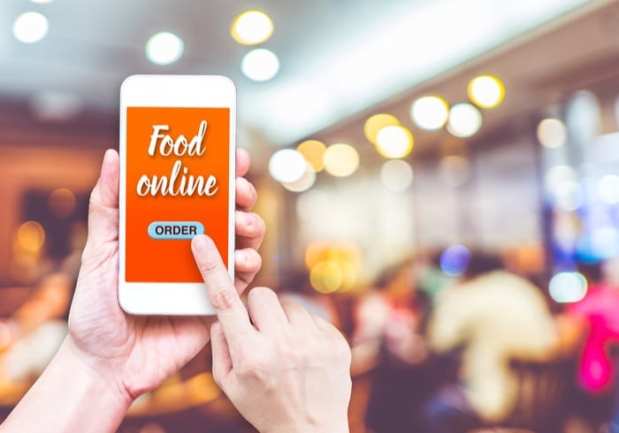When Loyalty Is The Key Differentiator For QSR Apps

With the help of mobile order-ahead technology, diners can make their selections at quick-service restaurants (QSRs) before stepping into a physical location. These apps, however, provide benefits beyond convenience to consumers: They can also allow diners who frequent a particular restaurant chain to participate in its loyalty offerings.
Mobile order-ahead apps have morphed into a commonplace offering with QSRs and let diners choose from a wide range of cuisines while customizing their orders and making payments, according to the PYMNTS Mobile Order-Ahead Tracker. The report also notes that “rewards and loyalty programs are becoming more important to QSRs looking to entice patrons” with so many apps available to consumers.
From McDonald’s to Chipotle Mexican Grill, QSRs are looking to draw consumers into their mobile apps. These are just some of the ways these chains, among others, are enhancing their mobile-order ahead platforms with features such as loyalty offerings:
McDonald’s paid $3.7 million for a 10 percent stake in mobile app developer Plexure. And, in another deal, artificial intelligence (AI)-powered personalization platform operator Dynamic Yield announced in March that it was being acquired by QSR company McDonald’s. Through Dynamic Yield, the company would tap into technology for its outdoor digital drive-thru menu in addition to its app and self-order kiosk touchpoints. Dynamic Yield Chief Executive Liad Agmon wrote in a blog post, “When Omri Mendellevich, our CTO, and I started Dynamic Yield seven years ago, the premise of what we were building was based on customer-centric organizations making individualized experiences and personalization a strategic priority.”
The estimated value of the QSR industry in the United States is $199 billion. At the same time, QSR brands in the United States are expanding their digital reach. Yum! Brands unit Pizza Hut, for instance, announced in December that it would acquire online ordering software and service provider QuikOrder. “We’re doubling down on our commitment to digital, and this deal positions Pizza Hut perfectly for the future,” Pizza Hut U.S. President Artie Starrs said in a press release at the time. “We’re also gaining access to an immensely talented group of developers and digital innovators.” Pizza Hut U.S. is no stranger to QuikOrder, having worked with the company for close to two decades.
The number of Chipotle mobile app downloads per day is 14,400. In addition, the company is bolstering its loyalty program efforts. Chipotle rolled out its Chipotle Rewards program in mid-March. Diners receive 10 points for every dollar they spend, and they earn a free entrée when they accrue 1,250 points. (There are also periodic bonus offers along the way.) On a recent earnings call, Chipotle Mexican Grill CEO Brian Niccol noted that guests have been asking for a rewards program for a long time. Niccol also pointed out that the chain’s digital system — including order-ahead, among other capabilities — “is creating a more convenient and enjoyable guest experience.”
The number of orders placed on Sonic Drive-In’s mobile app each day is 100,000. And, in other Sonic news, Inspire Brands announced in September of last year that it would acquire Sonic for roughly $2.3 billion. It was also reported at the time that the agreement was unanimously approved by Sonic’s Board of Directors. Sonic CEO J. Clifford Hudson said in a press release, “This value-maximizing transaction validates the actions we have taken over the last year to grow traffic and improve sales while delivering differentiated offerings and superior guest service.” Hudson continued, “Our Board of Directors, taking into account the views of shareholders, conducted a comprehensive review of a wide range of strategic options to maximize shareholder value.”
The increase in mobile device attacks over the past 12 months was 117 percent. IDology, for instance, found that more than half of the companies in the Sixth Annual Fraud Report experienced a rise in mobile fraud. Intercepting short message service (SMS) communications, for instance, is one way that scammers exploit mobile devices. They might, for instance, get a hold of inbound SMS like as two-factor authentication messages that convey one-time passcodes (OTP). With SIM cloning, fraudsters duplicate SIM values so they can take in all communication and appear to be a subscriber on the network. Beyond SIM cloning, scammers also use social engineering on the call center of the network operator with SIM swapping.
With the potential of scammers looking to take advantage of mobile order-ahead platforms, operators must stay alert and bolster their security measures to protect both themselves and their diners. Otherwise, they could lose billions — and shoppers could take their business elsewhere in the mobile order-ahead age.
